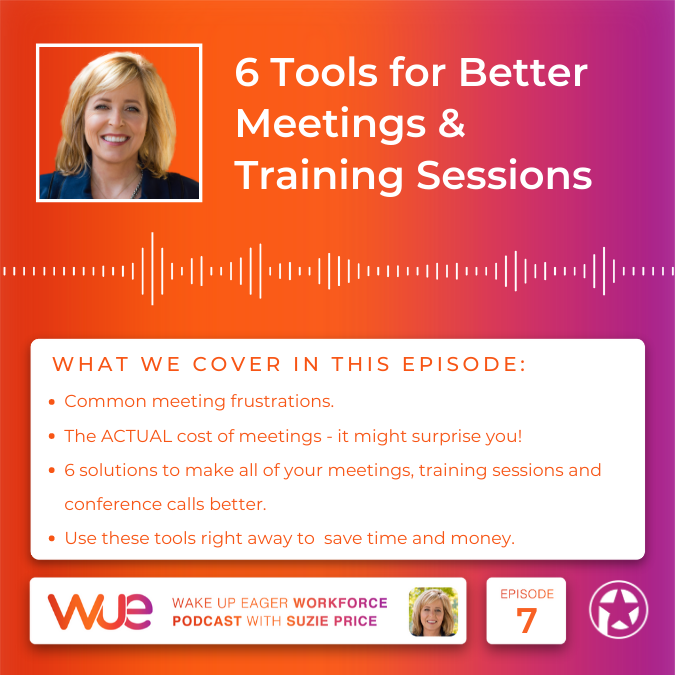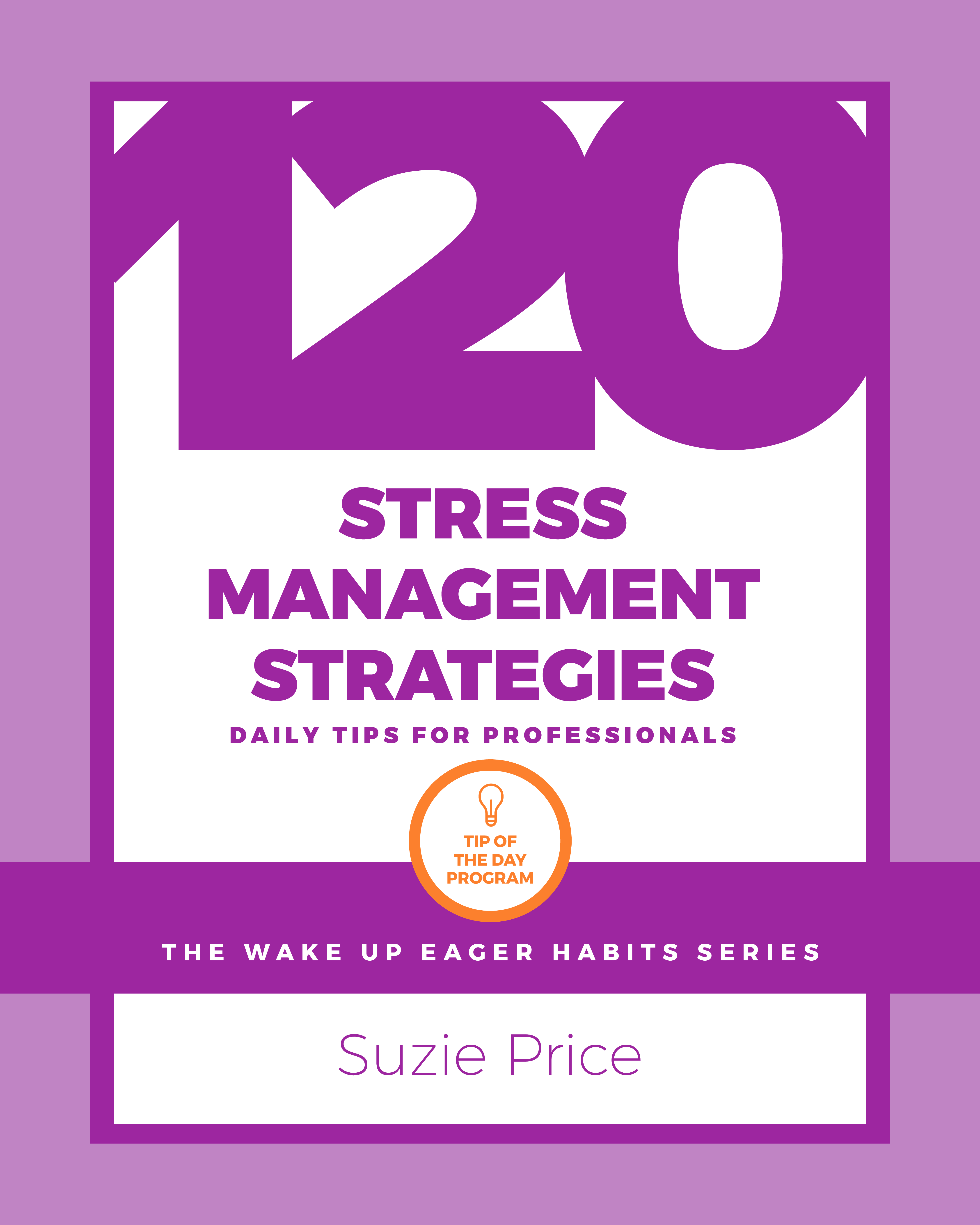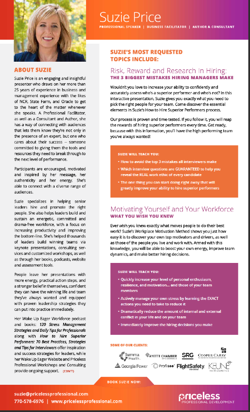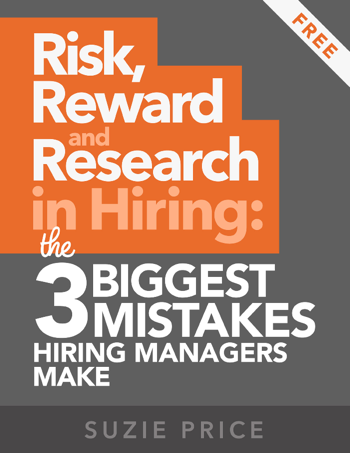The Know How You Need & the Tools to Get You There... Get Certified >

Podcast Episode #7:
Tools for Better Meetings & Training Sessions

Overview of Episode #7 ---
- Common meeting frustrations
- The ACTUAL cost of meetings - it might surprise you!
- Six Solutions to make all of your meetings, training sessions and conference calls better.
- Use these tools right away and you'll save time and money, eliminate frustration and turn those pesky meeting pet peeves and problems into well-run effective meetings and training sessions!
Topic #1: The Frustrations and the Cost
Timing on Recording: @ 2:40 ---
- Comedian Dave Barry said, “If you had to identify, in one word, the reason why the human race has not achieved, and never will achieve, its full potential, that word would be 'meetings.”
- Most common frustrations from the feedback I received around bad meetings: leader does not keep control; people dominate, complain or get off track; side bar conversations; attitude; meetings not needed; nothing accomplished; looking at their phones.
Timing on Recording: @ 8:35 ---
- VIDEO: Bad Conference Call Meetings - A Conference Call in Real Life on YouTube - Very funny, and oh so true!
- Meeting Cost Calculator - For Example: Average annual Salary -$50,000; Two, two-hour meetings per week, five people in each. TOTAL COST: $556 per week; $28,889 per year, NOT including the cost of benefits. Try it here.
Topic # 2: Six Tools to Make Bad Meetings Better
Timing on Recording: @ 11:00 ---
- Tool #1: Have an Agenda
It will clarify your thinking and help you keep everyone on track.
Put the purpose of the meeting at the top of the Agenda.
Apply time frames and intended outcomes next to every agenda item.
Send the agenda out in advance to all attendees.
Use a timer to guide discussions and to keep the meeting on track.
Timing on Recording: @ 15:32 ---
- Tool #2 - How to Open a Meeting - Use: I.E.E.I. (Inform, Excite, Empower and Involve) From: Michael Wilkinson, CMF CEO & Managing Director, Leadership Strategies, Inc.
Tells people two things they really want to know:
1) Why am I here? 2) Why should I care?
DON:T START WITH - the agenda, your bio, where the bathrooms are, etc.
People need to know the purpose and why the meeting is beneficial to them
Can be as quick as 2-5 minutes.
Inform - Let the participants know the purpose of the meeting and the product to be produced. “The purpose or title (if training) of this meeting is… When we are done we will have …” (Results to be produced)
Excite - Explain the benefits of the meeting and why this meeting should be important to them. – Answering – what’s in it for me? “What’s great about what we’re going to do here today is that you will (have, get, know, discover, learn)…”
Empower- Describe the role they will play or the authority that has been given to them. Goal is to make sure they are clear about their role. “You were handpicked…” OR “Your participation matters in this as your recommendations will be presented to…” OR “These skills will help you do X better…”
Involve -Get them involved immediately through an engagement question that furthers the meeting purpose. Ask a question related to the meeting focus. Could be: icebreaker, list outcomes they want or a quick check-in.
A Fav Book of Mine:201 Icebreakers : Group MIxers, Warm-Ups, Energizers, and Playful Activities Paperback by Edie West - So when I start a meeting or training session, the process that I use that works (as recommended by Michael Wilkinson of Leadership Strategies) is: IEEI, Agenda, Guidelines/Ground Rules, Parking Lot and Introductions – if needed.
“A meeting
consists of a group of people who have little to say
- until after the
meeting.”
PK Shaw
Timing on Recording: @ 24:25 ---
- Tool #3 - Ground Rules / Guidelines
Best way to address people who get off track, dominate or complain
Can help get people to share more and get everyone involved
Can INSTANTLY transform your meetings
POST THEM and REVIEW THEM at the start of every meeting.
The goal is for the group to become self-regulating – so that they begin correcting themselves, based upon the ground rules If you meet regularly in the same room, post the Guidelines permanently. Add ‘rules’ to your list as needed to help the group overcome specific dysfunctional behaviors and to improve buy-in. You can also have the group create their own meeting ground rules
Here are some of My Favorite Example Ground Rules.
I usually only use 5 to 8. I pick the Guidelines that will most help
the team meetings work, for the team I am with. Bold items are guidelines I use the most often:
- Start and end on time
- Be soft on people, hard on ideas
- Share all relevant information
- Everyone speaks
- No beeps, buzzies, ringy-dingies
- Have one conversation at a time
- Meeting work only
- Give benefits first, “What I like about that… Here’s something that would make it even better…”
- Discuss the 'un-discussable' issues
- Take a stand
- Explain reasoning and intent
- “Ta-Da!”
- Energizer – They Pick - Must Be Short, Involve Standing Up and Using Your Voice (examples: YMCA, Chicken dance, Badgers fight song, hokey-pokey.) Anyone can call and time.
- Use the Parking Lot
Timing on Recording: @ 33:27 ---
- Tool # 4 The Parking Lot
A piece of blank flip chart paper, with the headline "Parking Lot." It is posted in the room to capture topics that are brought up that are not directly relevant to the agenda. Use it to capture action items for follow up.
Use the Parking Lot to “park” information for later in the meeting or after the meeting. This helps keep the group focused on the Agenda and ensures that you don't "lose" important follow up ideas and issues.
Have large post it notes and markers around the room or on the table - ask person to place a 'headline' (summary) of the topic on the Parking Lot. At the end of the meeting, review what's in the Parking Lot and determine how and when the item will be handled.
Timing on Recording: @ 35:10 ---
- Tool #5 - Use the Meeting Ticker in Meetings
Make this "Stop the Bleeding" Meeting Ticker visible in every meeting. Find it Here.
Timing on Recording: @ 37:00 ---
- Tool #6 - Read: The Secrets to Masterful Meetings by Micheal Wilkinson
Do a team Book Club - all read and discuss over lunch
Get: Tips for running meetings, listing and breakout exercises for getting information, best ways to close, handling dysfunctional behaviors and disagreement and more!
"Meetings get a bad rap, and deservedly so - most are disorganized and distracted. But they can be a critical tool for getting your team on the same page." Justin Rosenstein
Related Podcast:
How to Get Out of Overwhelm, and Get Things Done
Related Service:
Team/Organizational Opinion Surveys
PRICELESS RESOURCES
PODCAST: Subscribe to our Podcast or Help Us and Leave a Review
NEWSLETTER: Sign up for Monthly Email Updates
PODCAST: Most Recent Episodes Directory of All Episodes
RELATED DEVELOPMENT SERVICES:
· Certification: Become the Expert: Assessment Certification Training
· Hiring: Hiring: Secret to Superior Performance
· Surveys: 360 Feedback and Organizational Surveys
· Complimentary Consulting Call or Send Us Feedback: Contact Suzie
LET'S TALK:
Contact us to schedule a Complimentary Consulting Call
or to ask questions about any of our Hiring,
Coaching, Training and Assessment services.





